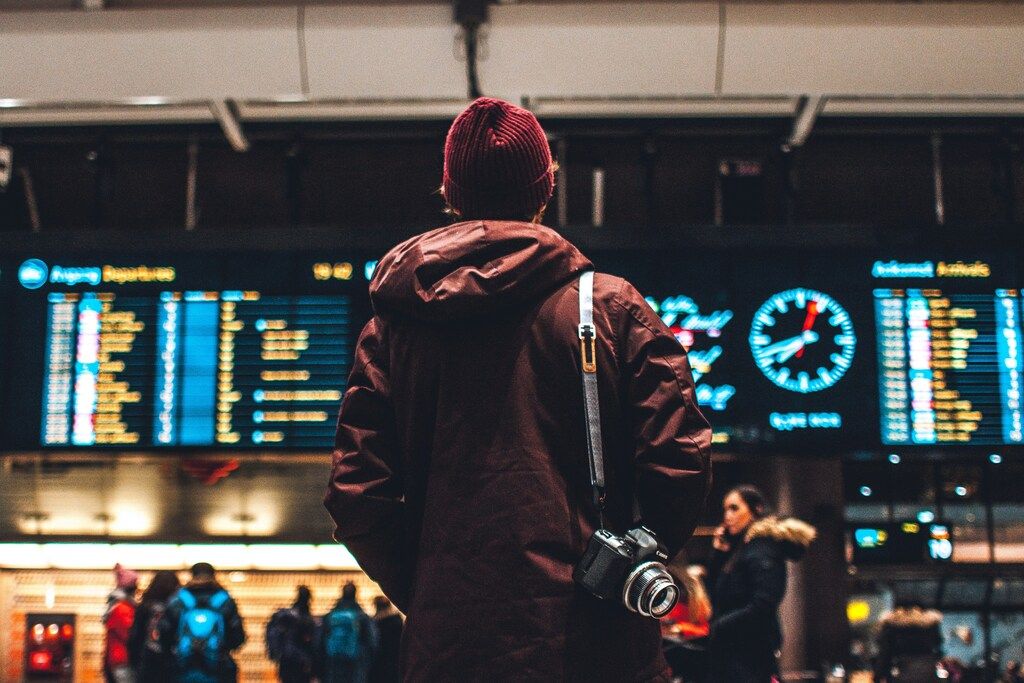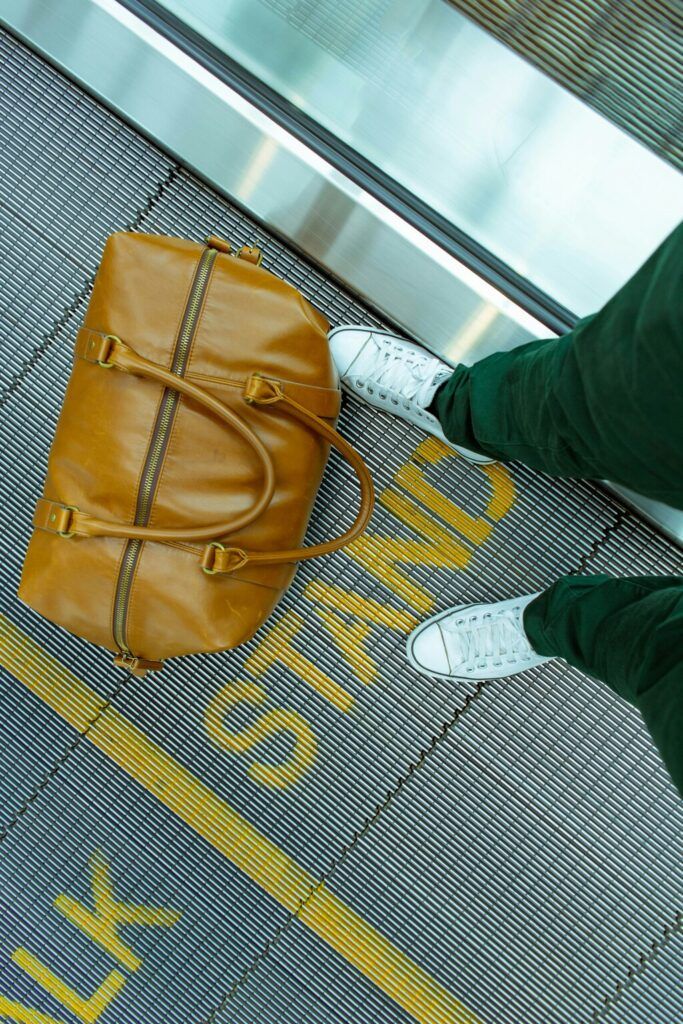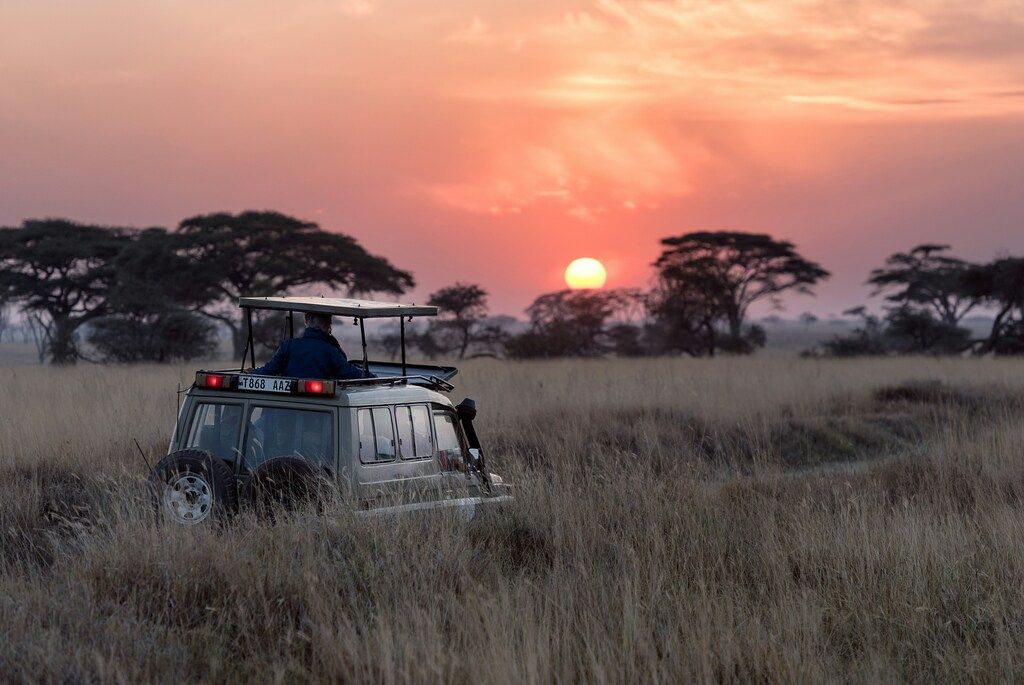

Packing. It’s the worst part of any holiday. Well, except for the journey home, of course. First, there’s the struggle to squeeze everything in, and then there’s the fear that you’ve packed something you shouldn’t have done. Nobody wants to deal with the humiliation of unpacking your backpack at the airport and digging out something you didn’t even know was contraband! Luckily, it’s easy enough to avoid that. Just follow our guide to everything that you can and can’t bring on a plane with you.
General packing rules
First things first, it’s always worth remembering to check with your particular airline before you travel. While the aviation sector standardizes some rules, others may vary. If you’ve got any doubts about something you’re trying to bring with you, you might want to search for reviews from previous travellers. Don’t just think about the airline, either — the airport matters, too. Some airports, such as the large regional hub at Changi in Singapore, enforce particularly strict rules, while others may be more lenient.
One of our top tips for anyone preparing for a trip is this: always err on the side of caution. If you’re not sure about something, put it in your checked case rather than your hand luggage. Oh, and whatever you do, don’t try to argue with airport security — we can pretty much guarantee that it won’t end well.

What can you pack in hand luggage?
As a rule, the list of things allowed in hand-carry baggage is a lot more restrictive than what you can bring in your checked luggage. Essentially, you must not bring any sharp items that could serve as tools for hijacking or staging an attack — this includes some pretty unusual objects.
So what can you bring on a plane in your hand luggage? Well, it’s easier to list the things you can’t bring. Authorities ban scissors with blades longer than 10 cm and DIY tools longer than 18 cm. Most airlines will not allow you to bring knitting needles, although some travellers report success taking them onboard, particularly on domestic US flights.
You can bring small scissors, nail clippers and mini versions of domestic tools — but again, don’t be surprised if an over-zealous security worker takes them off you. Before you pack, think carefully: do you really want to be trimming your nails at 40,000 feet? Nope? Then save yourself a potential headache and pop them into your checked case.
You can bring a lighter and safety matches, but strike-anywhere matches are not permitted in hand luggage. Don’t try to bring anything flammable. Oh, and it goes without saying that you can’t bring guns and ammunition in your hand luggage, but we kind of hoped you knew that already!
What liquids can you bring on a plane?
Ah, the thorny question. It seems that every year or so, there’s another news story promising that restrictions on liquids in hand luggage are being loosened, but we’re still waiting. You might find that some airports are quite lenient these days and don’t even ask you to put your liquids in a plastic bag. Others, however, continue to follow the rulebook to the letter.
When it comes to liquids, then, what can you bring on a plane? The main issue here is hand luggage. You can keep liquids, pastes and gels of any size in your checked luggage, but your carry-on bag is heavily restricted here. There are two official rules to be aware of:
- Your liquids, pastes and gels should all fit inside a 20 x 20 cm clear plastic bag. At some airports, the staff may even ask you to prove that you can seal the bag with the items inside.
- Each individual liquid, paste and gel can be in a container of no more than 100 ml. That’s the container size, not the amount of liquid you have remaining. If you’re trying to bring a 500 ml bottle of coke on board with you, staff will confiscate it, even if there’s less than 100 ml of liquid inside.
What liquids can you bring on a plane? As long as the size is right, you can bring all manner of liquids, pastes and gels with you onboard. If you’re a frequent flyer and you tend to travel light, it’s worth investing in travel-size bottles of shampoo, conditioner, shower gel and other essentials. Many popular brands have their own travel-size range, so you don’t have to do without your favourite shampoo while you’re abroad. Want to save money? You can always collect a few of the miniatures you get free in hotel bathrooms.
There are a couple of exceptions to the rules here. If you’re travelling with an infant or toddler, then you can bring formula, breast milk, baby food and similar substances that may not fit the normal requirements. You can usually bring any liquids bought from the airport’s duty-free shops, but exercise caution. Staff at some airports may confiscate these bottles (once again, Singapore, we’re looking at you).
Medical equipment in hand luggage
If you have a potentially serious medical condition, it’s natural to wonder what you can bring on a plane. Luckily, there’s some good news here: essential medical supplies are allowed in your hand luggage. However, you will need to declare them when you go through the security screening. Be prepared for staff to examine them. This may require extra screening time, so make sure that you factor that in when you’re planning your journey to the airport.

Passengers with medical needs may also carry on board items that would normally be prohibited. For example, while normally you could not bring a syringe in your hand luggage, it may be essential if you are diabetic. You may need a doctor’s note to confirm your medical diagnosis when you pass through security. Again, make sure to check with both the airline and the airport you are departing from to determine what they require.
If you’re travelling with prescription or over-the-counter medications, you’ll be able to bring them on board without any problems. Remember, though, that they are subject to the laws of the country you’re travelling to. Your prescription for medical marijuana won’t get you very far if you’re going to a country where it’s classified as an illegal drug. You’re likely to find yourself in some very hot water.
Liquids in checked baggage
Here’s where it gets easy: yes, you can bring liquids in your checked baggage. That 2L bottle of conditioner? Go nuts! There are no limitations at play here (except the size and weight of your suitcase, of course). Well, there is one exception we should talk about.
If you’re planning a party in the near future, you might have a few bottles of alcohol in your checked luggage. Don’t let airport security kill your buzz — check what you can bring on a plane first. In most cases, if your tipple of choice contains 24% alcohol or more, airlines will limit you to no more than 5 litres. You should keep these drinks unopened and in their original retail packaging.
Want to carry something a little stronger? Don’t even try it. Most airlines do not allow drinks with more than 70% alcohol in hold luggage. You can expect the baggage handlers to confiscate your expensive bottle of absinthe. Well, at least someone’s going to enjoy it!
As always, check the laws of the country you’re visiting before you pack. In some Muslim countries, importing alcohol is strictly prohibited, and you face being slapped with a fine as soon as you collect your suitcase from the luggage carousel. That’s not the sort of welcome you want!
Are any items prohibited in checked luggage?
Checked luggage is where you tend to put the things you can’t carry in your cabin bag, so it might surprise you to realise that some items must be carried in your carry-on, not your checked suitcase. The most important is lithium batteries, which you’re likely to be carrying in the form of a power bank. In recent years, there have been a number of cases of unattended lithium batteries catching fire in a plane’s hold. As there’s nobody in the hold to quickly take care of the situation, these fires can rapidly escalate.
Are you a vaper? Then you should be aware that you cannot carry an e-cigarette in your checked baggage. It’ll have to be in your carry-on for the same reason as lithium batteries. There’s a chance that it might heat up and explode.
Beyond that, there are some things you probably shouldn’t pack in your checked luggage for your own safety. Your passport is one of these, but you’ll need it to get through the airport, so that’s no problem. You’ll also want to take anything valuable with you in your carry-on. That includes cash, your laptop and other electronics, jewellery and so on. Take care packing fragile items in your checked bags unless they are very secure.
You might think that locking your suitcase or wrapping it in cellophane will keep your valuables safe, but consider this a warning. Airport staff always have the right to break locks or unwrap suitcases if they think there is something suspicious inside. The only way to ensure your valuables are totally safe is by keeping them with you — and that means in your cabin luggage. Remember that, in some rare situations, your checked luggage can go missing, too. Packing your valuables in your hand luggage is a great way to ensure peace of mind. Even if your suitcase doesn’t make it to your final destination on time.
Now that you know what you can bring on a plane, it’s time to start planning your next adventure! Why not take a look at our list of destinations to help you decide? We’ve got so many options to choose from all over the world. With your suitcase perfectly packed, there’s nothing stopping you! And if you’re planning to travel far, why not also read How to Beat Jet Lag?
Where will you be joining us?



